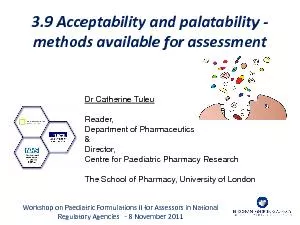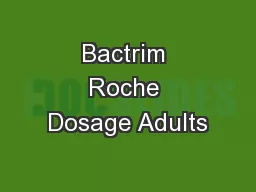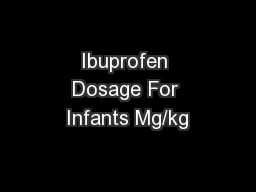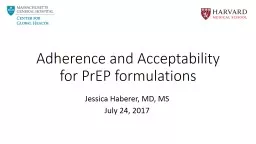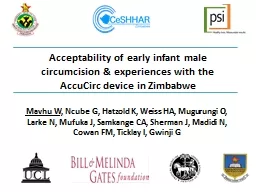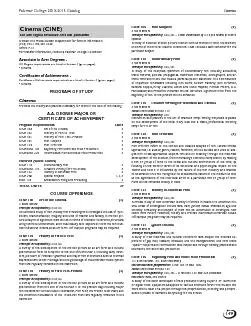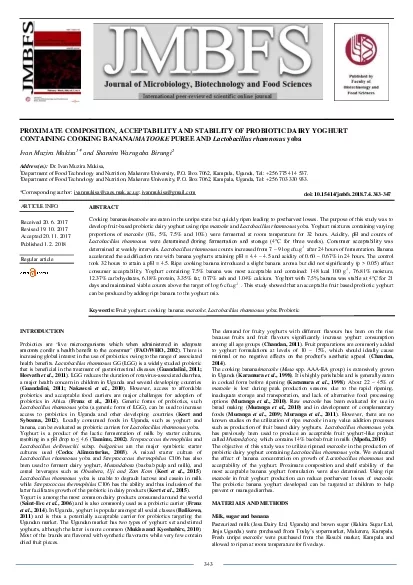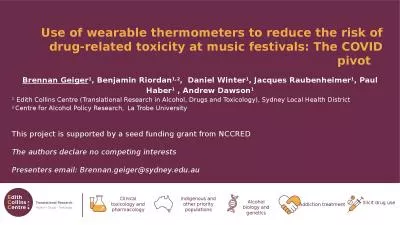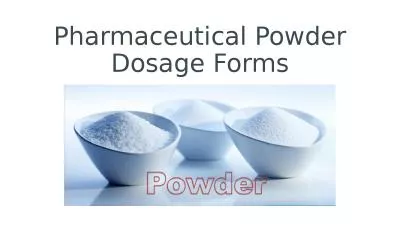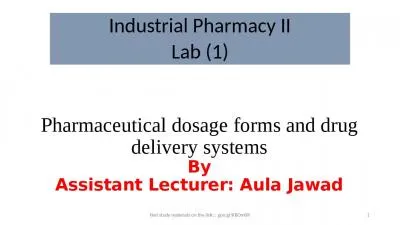PDF-Acceptability & Palatability of children dosage forms
Author : tawny-fly | Published Date : 2017-03-01
Objectives Only oral route DefinitionsRelationship with ComplianceHow to measure it in children Excluding in vitro assessment e tongueIncluding what the Draft GL
Presentation Embed Code
Download Presentation
Download Presentation The PPT/PDF document "Acceptability & Palatability of children..." is the property of its rightful owner. Permission is granted to download and print the materials on this website for personal, non-commercial use only, and to display it on your personal computer provided you do not modify the materials and that you retain all copyright notices contained in the materials. By downloading content from our website, you accept the terms of this agreement.
Acceptability & Palatability of children dosage forms: Transcript
Download Rules Of Document
"Acceptability & Palatability of children dosage forms"The content belongs to its owner. You may download and print it for personal use, without modification, and keep all copyright notices. By downloading, you agree to these terms.
Related Documents

